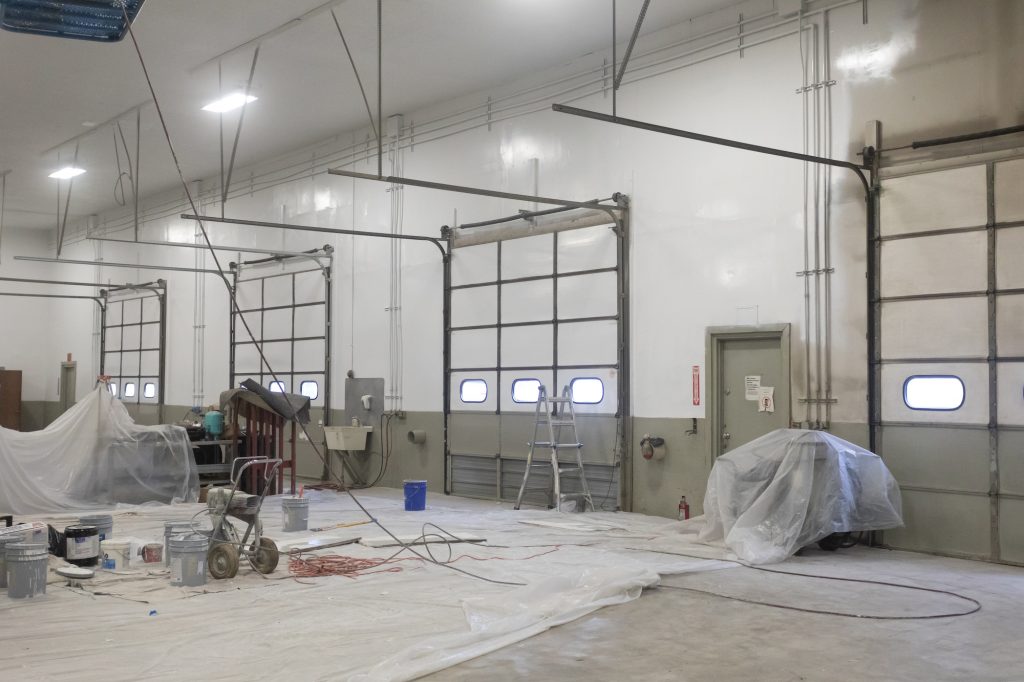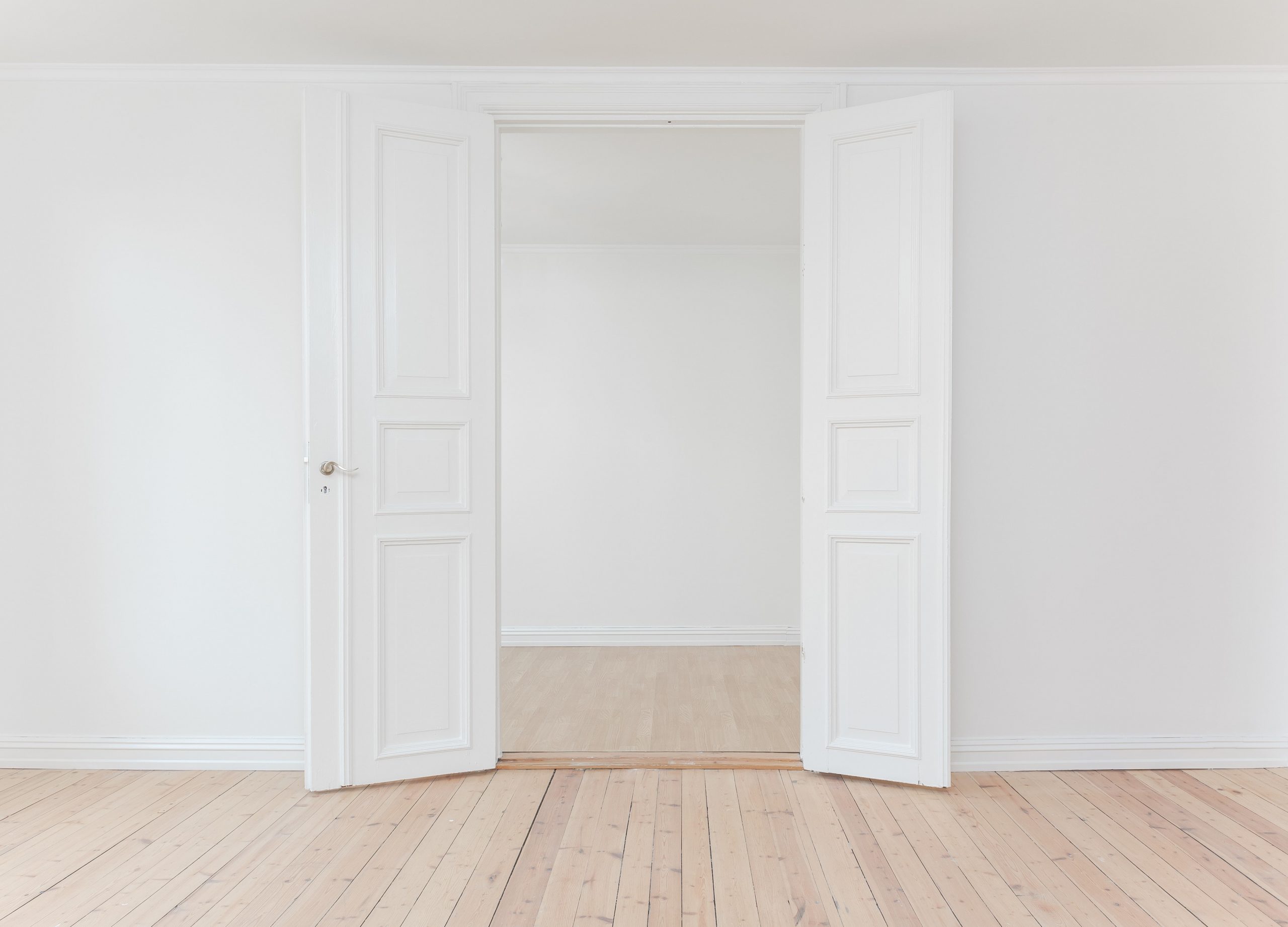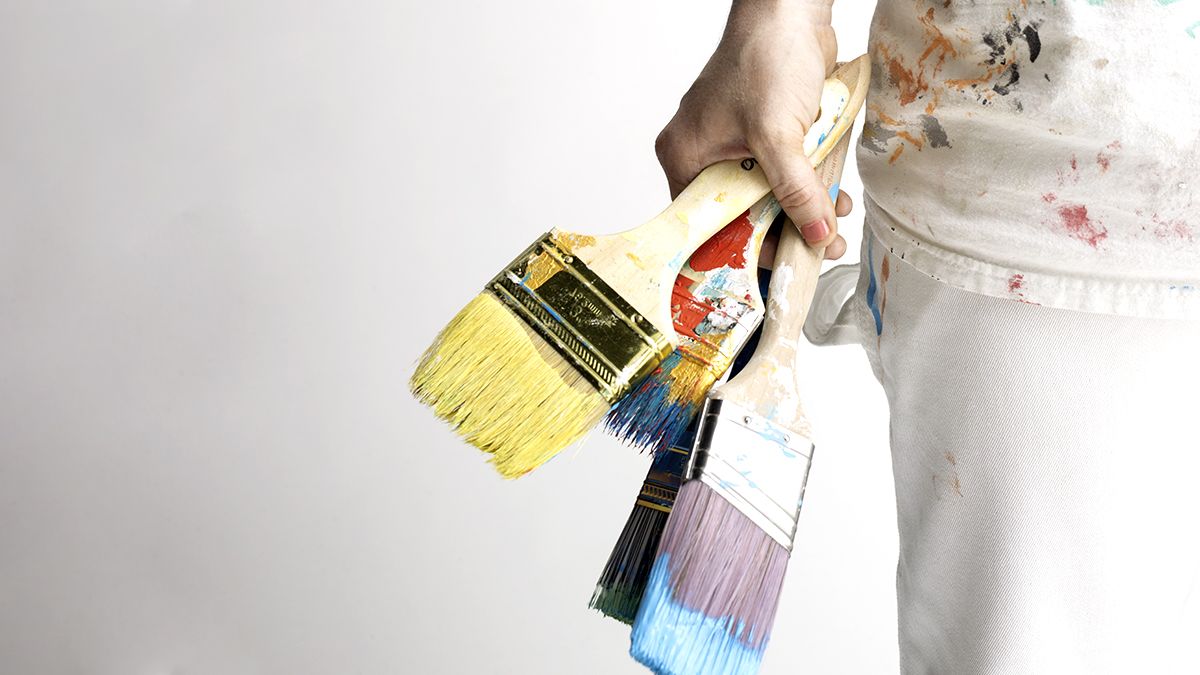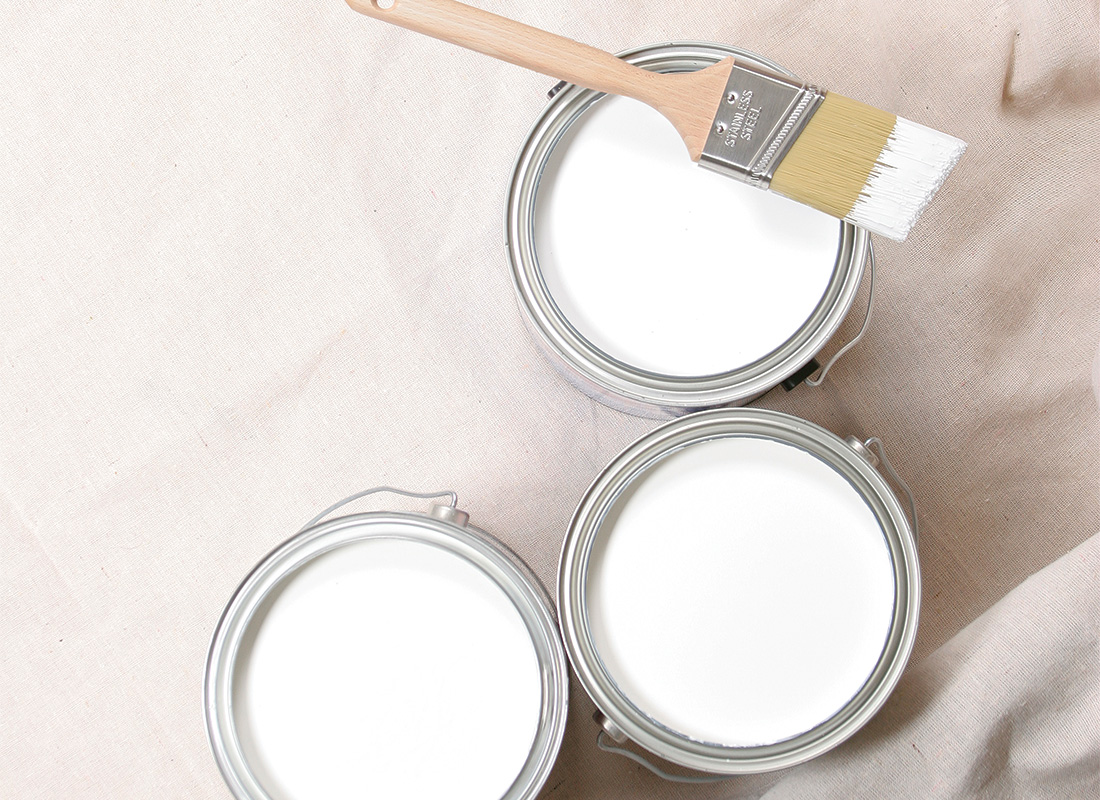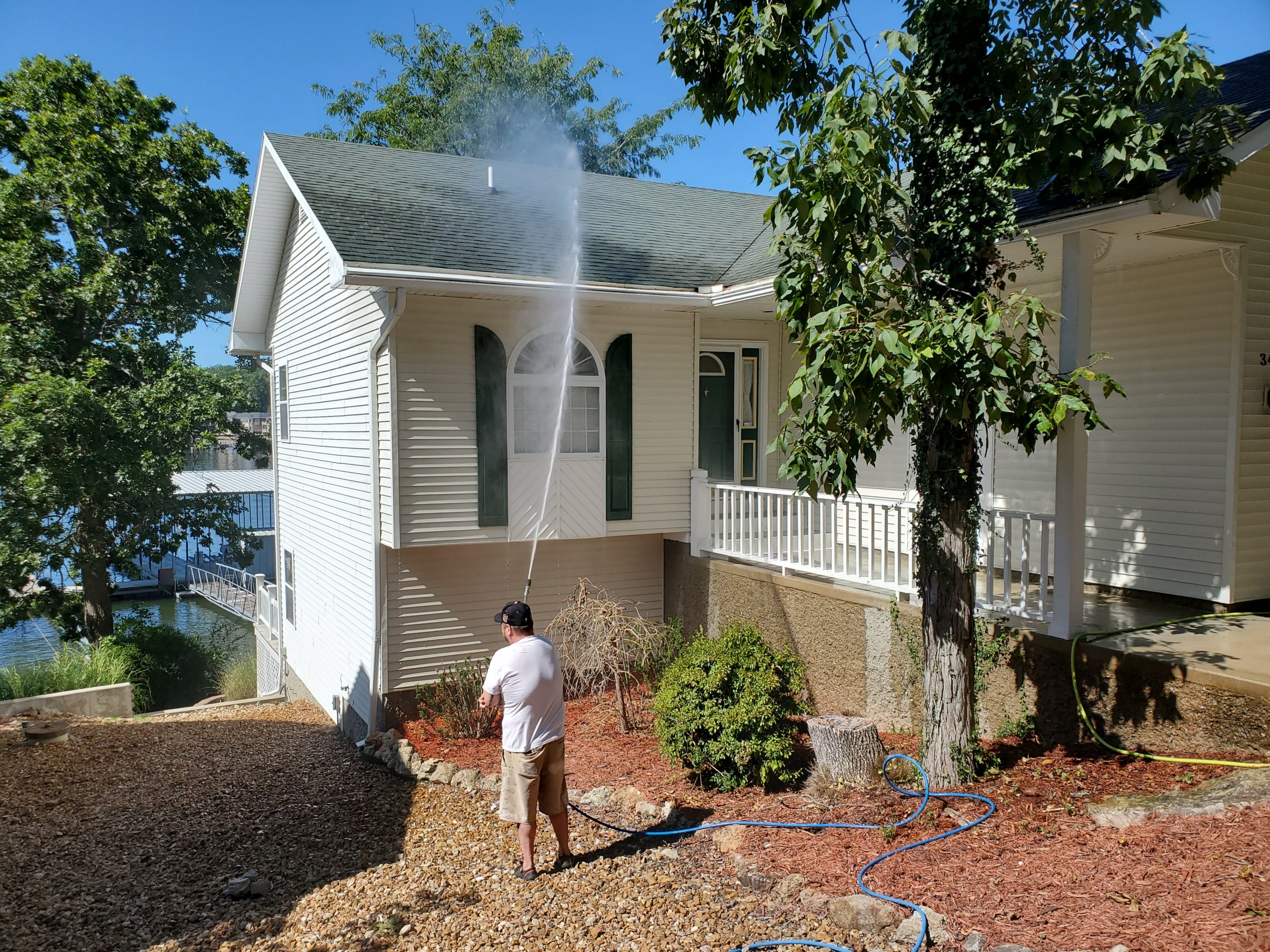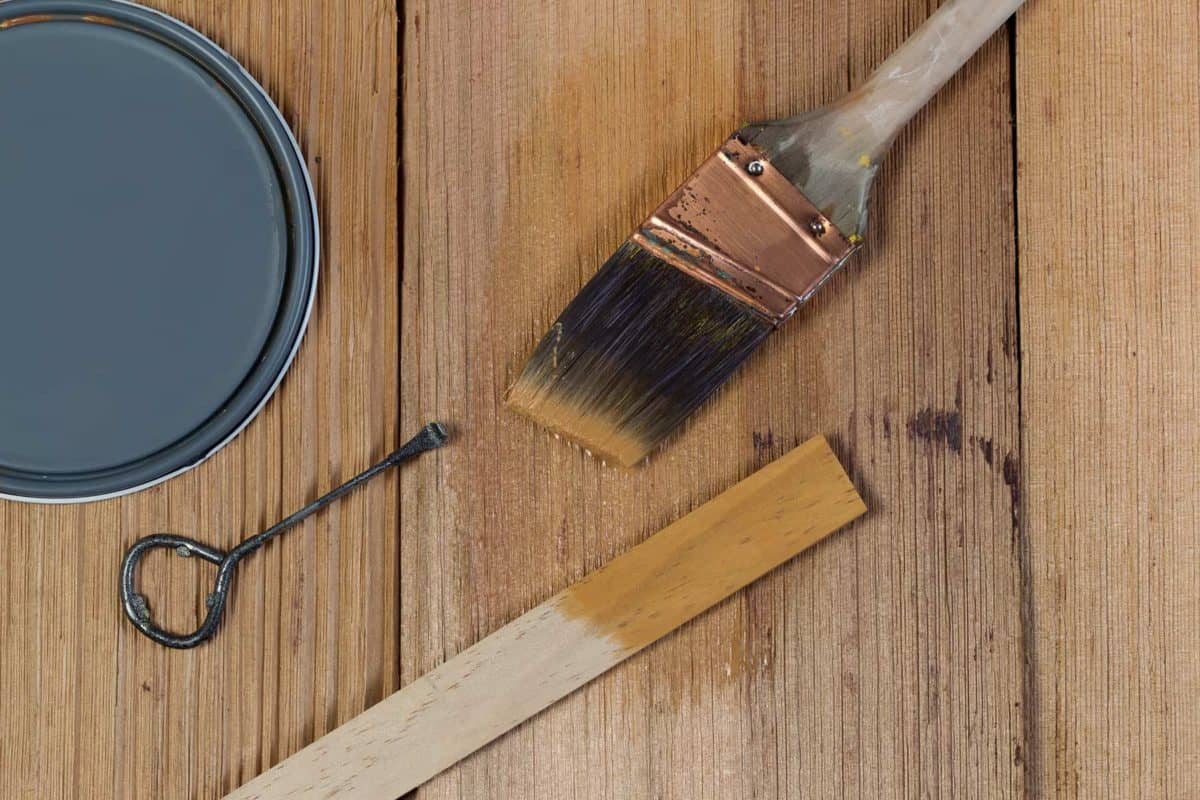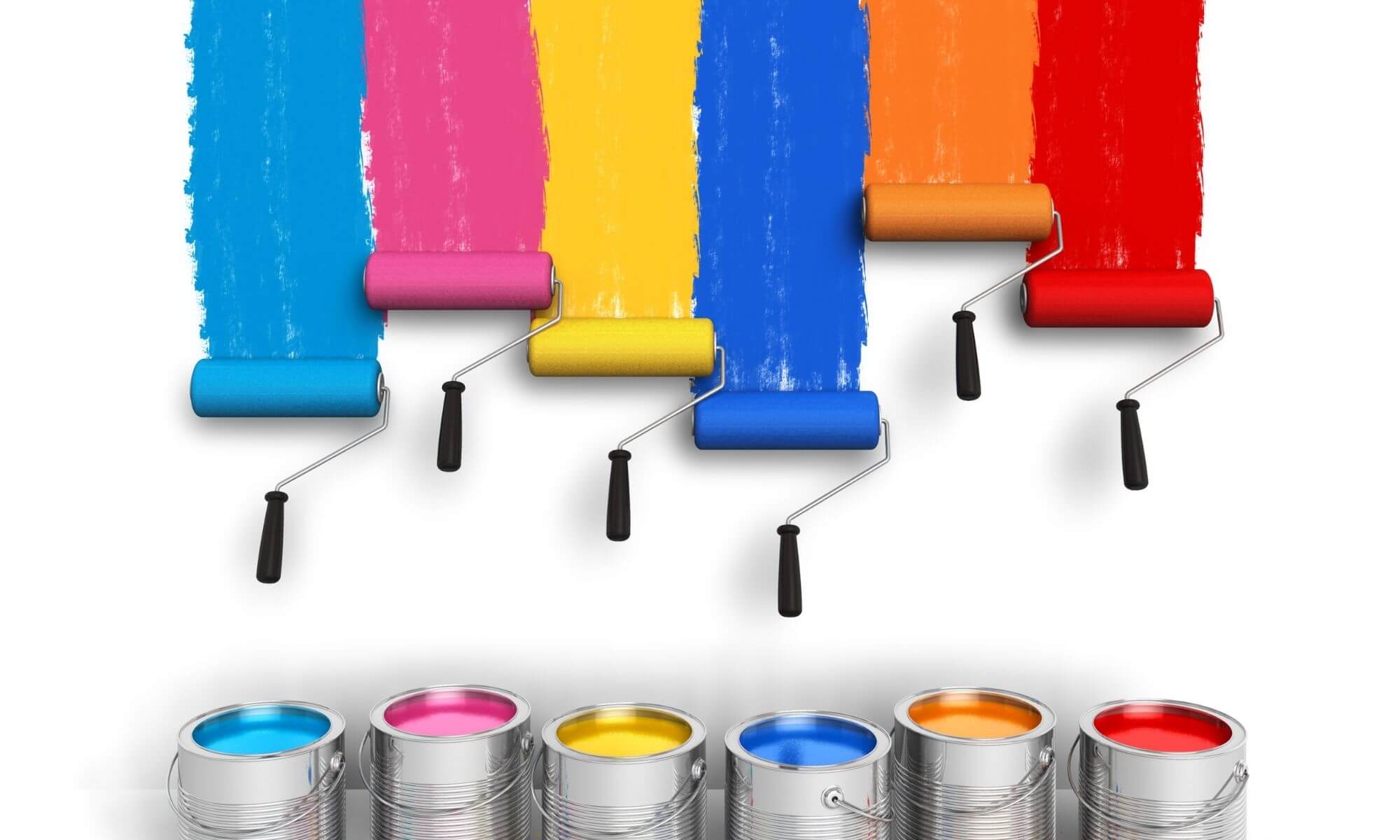Ready to give a dated room a fresh and affordable makeover? Time to put a quick touch on your house before going to market? Painting is the way to go. There are a large number of Painters in South Jersey, but the choices don’t stop there. Based on your own or potential buyers’ preferences, the color & look you choose means a lot and can achieve different styles in their own way.
Paint Types
Let us start off easy. Before choosing a specific color and sheen, the first decision to be made is what paint type to use. Ultimately, this comes down to what exactly you are painting and time constraints. Latex paint is most commonly used and preferred. The reasons behind this are quite simple. Latex paint has ease of clean up and great durability, which provides more resistance to fading and is less prone to blistering. Ideally, latex paint is the perfect match for walls and household uses. However, latex paint is not ideal for wood finishing and trim work. This is why oil paint comes in. Oil paint does a better job of sealing stains and knots against wood in comparison to latex. Unfortunately, this comes at the cost of taking longer to dry than latex paint. With this being said, the paint type you choose is dictated heavily by the job you want to be performed.
Sheen Selection
The next step in the process is selecting the proper sheen. There is a large variety of sheens on the market. Different levels of gloss and flats span the entire color selection, and each plays a role in how to meet your needs and style. High gloss paints are perfect for high traffic rooms, such as playrooms. The reason is how easy it is to clean the walls. With kids being quite messy, it is essential to be able to clean your walls easily with a damp sponge or cloth rather than spending hours out of your day. The downside to this is blemishes are more easily noticeable, which makes high gloss a no-go for living room walls.
Semi-gloss and satin sheens are also quite popular and are a good hybrid between high gloss and a more matte sheen. Semi-gloss and satin sheens are fairly easy to clean and don’t give off as much shine as a high gloss paint. These sheens are a perfect couple with spaces like kitchens, bathrooms, and hallways. On the cost side, these sheens are cheaper than high gloss sheens.
Lastly, flat or matte sheens play roles in bringing out the perfect look for you and your family. If walls have a lot of imperfections, a flat or matte sheen can cover these issues well in comparison to the other sheens mentioned. Again, a particular type comes with certain cons. Flat or matte sheens don’t stand up as good to rigorous cleaning and tend to show fingerprints and dirt a lot easier. Be mindful of this when choosing which room you are about to paint. The last thing you want is a freshly painted room to get attacked by kids or visitors within hours of it drying.
Colors, Shades, & The Look
The choices of what color and shade to go with correlate to what look you are aiming to achieve. Let us take a look at some popular looks and what they entail.
Relaxation: If you are looking for a color scheme and approach that reinforces calmness and peacefulness, light color choices are definitely an option. As expected, psychology plays a role here. Choices of blues, lavenders, pinks, greens, pinks, and soft yellows can achieve this goal. Choosing light shades of these colors can really make a room perfect for taking a breather and hanging out.
Flexibility: If you are looking for a color scheme and approach that reinforces a sophisticated and refined look, neutral colors can be of assistance. Colors such as whites, beiges, reddish browns, rust, and so forth. The whites, creams, and beiges give you the elegant look and offer the appearance of depth and space. The reddish browns and earthy colors offer more of an immediate richness and sophistication.
Vibrance: If you are looking for a color scheme and approach that reinforces a lot of pizzaz, choose vibrant, eye-catching colors like oranges, golds, reds, and purples. This can be a hard look and feel to pull off at times and may require a leap of faith. A great rule of thumb is to choose two colors next to each other on the color wheel and one from the opposite side of the color wheel. This will achieve a deal of contrast and a sense of energy for the room.

